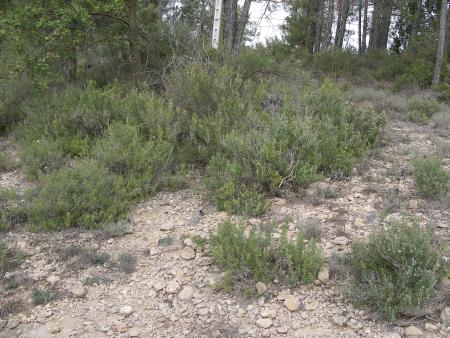
Objective:
The project objective was to identify chemically different Rosmarinus officinalis wild populations present in the Spanish geography in order to be able to choose those that present a higher essential oil concentration with an interesting chemical composition for the industry uses.
Identify these wild populations is the starting point for initiating any breeding program to obtain commercial varieties that can be put into large scale cultivation to satisfy quantity and quality industrial demand.
Context:
The industrial cultivation of MAP’s needs to have selected and improved plant material to obtain a uniform and competitive commercial product that offers enough guarantees to the farmers to introduce them in the culture.
In Spain, Rosmarinus officinalis is abundant and widely distributed, but as it happens with other species (e.g. Thymus vulgaris), there is a total absence of selected indigenous plant material, so farmers are forced to use allochthonous plant material to start industrial crops.
Contacts:
Roser Cristóbal Cabau, roser.cristobal@ctfc.es, http://www.ctfc.cat/
Further information:
Cases A., Pérez B., Navarrete P., Mora E., Peña B., Peluzzo A., Calvo R., Sanchez de Ron D., Varela F., 2009. Variability in the chemical composition of wild Thymus vulgaris L. Proc. 1st IC on Culinary Herbs. Acta Hort. 826, pp. 159-166.